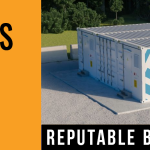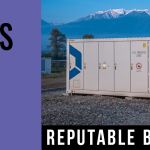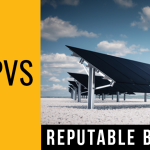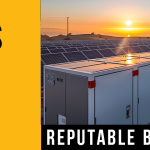 There is very strong demand for energy storage products. Homeowners in Hawaii and California are buying heavily, while broadly, residential solar customers show a very high level of interestin the product.
There is very strong demand for energy storage products. Homeowners in Hawaii and California are buying heavily, while broadly, residential solar customers show a very high level of interestin the product.
There are also potential issues on the supply side. Tesla has stated explicitly that selling electric cars is more important to them than energy storage, and that it would shut down Powerwall battery cell lines to make then Model 3 battery cell lines.
With that, we now are seeing reports of Tesla and Sono Motors, a European company which hopes to launch an solar powered electric car soon, increasing the pricing on their products.
Per Electrek, the 13.5 kWh Powerwall II increased in price from $5,900, to $6,700, and supporting hardware increased from $700 to $1,100. The supporting hardware, in other sources, was noted as the Backup Gateway 2. This product was released in Australia first because market economics and policy there, much like Hawaii and California, mean energy storage is a financially sound investment.
Sono Motors has increased the price on their electric cars because they found that the projections of future battery prices falling that they’d made were turning out to be a bit optimistic. The company increased its battery price projections from $4,500, to $10,700.
This pv magazine author has, anecodtally, been given six to nine month delivery times frames for smaller energy storage products to customers.
read more
 In September, South Australia confirmed a plan to set up an AU$100 million (USD $72 million) fund to help households purchase home energy storage batteries. Households could receive subsidies of up to AU$6,000 (USD $4,300) on a purchase of a battery that would store electricity either from a solar-panel system or from the South Australian grid. The electricity could then be used during an emergency or a blackout.
In September, South Australia confirmed a plan to set up an AU$100 million (USD $72 million) fund to help households purchase home energy storage batteries. Households could receive subsidies of up to AU$6,000 (USD $4,300) on a purchase of a battery that would store electricity either from a solar-panel system or from the South Australian grid. The electricity could then be used during an emergency or a blackout. The mass adoption and implementation of solar energy in South African homes and businesses has been rapidly increasing over the past few years. But, going completely “off grid” has so far been held back by the expense of storing power from renewable sources.
The mass adoption and implementation of solar energy in South African homes and businesses has been rapidly increasing over the past few years. But, going completely “off grid” has so far been held back by the expense of storing power from renewable sources. A coalition of lobby groups from the breadth of the US clean energy industry is pressing Congress to make standalone energy storage project eligible for investment tax credits (ITC).
A coalition of lobby groups from the breadth of the US clean energy industry is pressing Congress to make standalone energy storage project eligible for investment tax credits (ITC).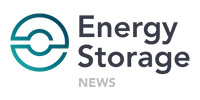 Energy-Storage.news has heard from the founder and CEO of start-up Lumenion that the company’s technology, now being trialled in Germany by Vattenfall, can store energy in steel structures for up to 48 hours.
Energy-Storage.news has heard from the founder and CEO of start-up Lumenion that the company’s technology, now being trialled in Germany by Vattenfall, can store energy in steel structures for up to 48 hours. FERC last week granted ISO-NE’s request to terminate the capacity supply obligation (CSO) for Invenergy’s delayed 485-MW Clear River Energy Center Unit 1, while also denying the developer’s request for a Tariff waiver over the matter (ER18-2457).
FERC last week granted ISO-NE’s request to terminate the capacity supply obligation (CSO) for Invenergy’s delayed 485-MW Clear River Energy Center Unit 1, while also denying the developer’s request for a Tariff waiver over the matter (ER18-2457). In a letter filed Nov. 26, the Solar Energy Industries Association (SEIA), alongside a broad coalition of energy trade and advocacy organizations, urges Congress to modify the tax code to include energy storage as an eligible technology for the investment tax credit (ITC).
In a letter filed Nov. 26, the Solar Energy Industries Association (SEIA), alongside a broad coalition of energy trade and advocacy organizations, urges Congress to modify the tax code to include energy storage as an eligible technology for the investment tax credit (ITC).